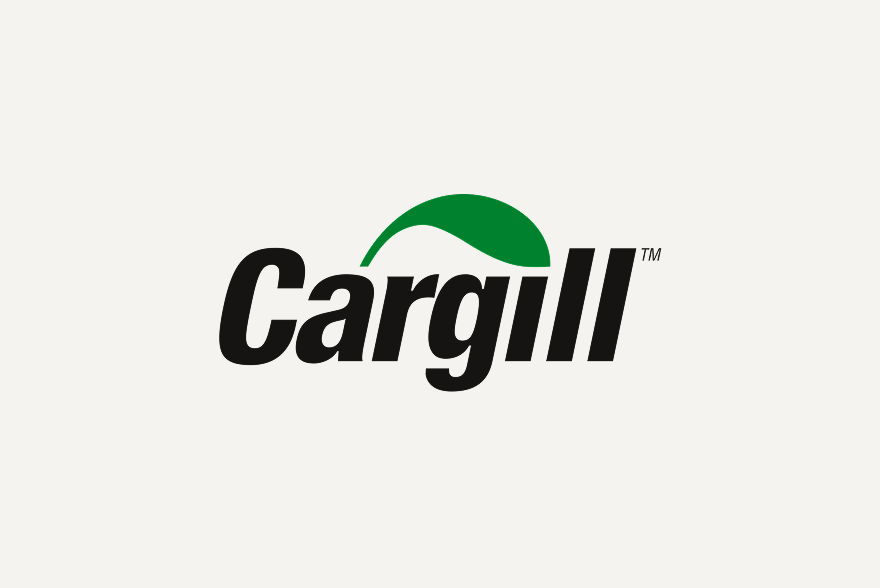Technology propels diversity in purchasing
With 155,000 employees spread across 70 countries, Cargill is a global leader in food, agriculture, nutrition, and risk management. In an organization that large, maintaining strong visibility and controls around procurement is a critical challenge. “At Cargill, we’re focused on finding the right tools and resources that will help us be more efficient, effective and consistent, so we have more time to focus on our customers,” says Paola Sanchez Otero, global maintenance, repair, and operations (MRO) category lead at Cargill. “As a global organization with a presence in four regions, multiple enterprise resource planning tools, and multiple needs and languages, we have more visibility into areas where we can make meaningful improvements.”
The challenge was particularly acute in the area of non-contract spend for things like non-core plant materials, administrative supplies, and the consumables that fuel operations. As is the case in many companies, the overwhelming majority of Cargill’s suppliers represent only a small fraction of its purchasing. Each of those purchases, though, required finding a vendor and integrating it into the larger purchasing architecture. “All of that takes time and resources,” Sanchez Otero says. Meanwhile, the sheer number of suppliers was piling up, including 7,000 to manage in just one category—MRO.
Cargill sought technological tools to help bring greater order and efficiency to its procurement processes. The ideal solution had to address four main drivers: a better purchasing experience, efficiency, a strong return on investment, and the ability to support Cargill’s requirements around compliance and procurement priorities, especially with supplier diversity.
Visibility, efficiency, and ease of use
In 2019, Cargill integrated Amazon Business into its United States purchasing infrastructure. The company was able to bring Amazon Business into its existing enterprise resource planning (ERP) platform, helping the company reduce ad hoc purchasing card transactions. Improvements came quickly, particularly when it came to ease of use.
“Our focus has been efficiency and making our employees’ lives easier,” Sanchez Otero says. “People have experienced the logistical advantages of Amazon from the consumer side, and this familiarity allows for easier adoption.”
The single view into different purchasing options helps buyers avoid doing the legwork of finding, vetting, and adding new vendors. “Our partners are able to view multiple sellers in a single space,” Sanchez Otero says. “With Amazon Business, buyers can instantly see the best offer to meet their particular needs. From an end-user perspective, that empowers them to be the one choosing the supplier, the cost, and the delivery while adhering to our internal purchasing policies.”
That empowerment is particularly noticeable in helping the company live its values. “We believe our corporation must reflect the places where we work and live. We do that with our employee base, and we want to make sure our supply chain reflects it as well,” says Natalie McGrady, director of supplier diversity at Cargill. “When we think about how to attract and keep diverse talent, we want to use some of the same practices to retain diverse suppliers.”
Cargill has a supplier diversity program that dates back nearly three decades. But as a large company operating in multiple regions, it needed more visibility into the supply chain to verify whether a vendor is a local business or has diverse ownership. “We are a better company when all suppliers have an opportunity to thrive,” notes Rogerio Nogueira, the company’s global procurement enablement leader, “but sometimes good intentions aren’t enough. You need technology. You need an enabler.”
Amazon Business enables organizations to streamline discovery of products from certified small and diverse sellers, create policies to prefer products from these sellers, and track and report on spend. Through its integration with SupplierGATEWAY, a cloud-based software as a service (SaaS) provider of supplier management tools connecting product and service providers to buyers, Amazon Business helps companies like Cargill fill in those blind spots across the supply chain.
“It’s a solution that consolidates the data so we can understand who the vendors are,” Nogueira says. “Amazon Business and our integration with SupplierGATEWAY helps us empower our decision-makers to easily support the communities we serve.”
Reflecting culture in procurement
Launched in 2020, the automated integration between Amazon Business and SupplierGATEWAY creates a seamless mechanism for users to track, monitor and report on their spending with local and diverse supplier communities. It allows users to simultaneously leverage the scale and reach of Amazon Business, identify suppliers that meet their certification requirements and purchase the products that they need. This holistic view helps make sure intentions match results.
Critically, that includes the certifications verifying the status of each vendor. “This is data you need to track, and a partner like SupplierGATEWAY can keep you up to date, give you insights, and keep you honest about what you’re reporting,” Nogueira says.
For Cargill, that visibility allows it to focus on supplier diversity goals effectively and efficiently.
“We have a small-business program, as well as a focus on certified minority- and women-owned businesses, including veterans, LGBTQ, and disabled business owners,” McGrady says.
Empowering enterprises to engage more effectively in supplier diversity is the goal of the integration, says Ade Solaru, chief executive officer at SupplierGATEWAY. “It enables companies to make more informed decisions, and changes the perspective around risk and inclusion,” he says. “Just like everything else, you want to be able to make decisions with real-time information, understanding the impact of what the company has done in the last month, not last year. Digital technology allows you to know the answer now, and have a better chance at achieving strategic goals.”
Solaru believes a well-crafted supplier diversity program has benefits beyond social responsibility. McGrady agrees. “A more diverse supply chain expands our supply base and adds competition. We’re able to bring in more suppliers. Some of our diverse suppliers are smaller and more nimble, and able to turn a project around quicker,” McGrady says. “Big suppliers may not be able to support us in some of our more rural areas as well. Now we’re enabling supplier diversity through technology, and making it visible throughout the corporation.”

About Cargill
With 155K employees across 70 countries, Cargill is a global leader in food, agriculture, nutrition, and risk management. In such a large organization, maintaining strong visibility and controls around procurement is critical. Cargill sought technological tools to help bring greater order and efficiency to its procurement processes. The ideal solution with Amazon Business had to address a better purchasing experience, efficiency, a strong return on investment, and the ability to support Cargill’s requirements around compliance and procurement priorities, especially with supplier diversity.
Was this helpful?




